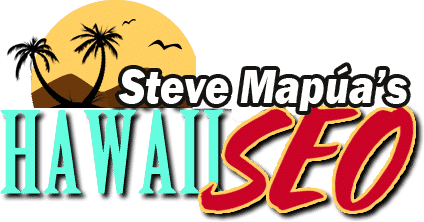Hawaii SEO – Why Are Internal links Important?
Let me just make it clear: internal linking is a good practice for both search engine optimization and user experience.
When you add a link within a web page, you are redirecting the users to related articles. Not only they learn something new, but this strategy also helps search engines discover more pages from your website.
The 2 Types of Links
Before I discuss further, allow me to explain that a webpage can include 2 links. First, there’s what you call external links. I will discuss this on Best Practices for External Links. Anyway, these are the links that redirect a user outside your website. For instance, when you click this link, you will be redirected to the Steve Mapua YouTube Channel. This is outside the realm of the stevemapua.com!
Defining Internal Links
Now, since the topic is about internal link, I will elaborate on this further. Internal links come in 2 types of internal links:
- Within the same page – you can move within the same page. for example, clicking this link will jump to the importance of internal links section of this blog post.
- To another page within the same website – For instance, if you click this, you will redirect to Things to Do Before You Publish a Blog Post, which is a page within stevemapua.com.
The HTML code
If you want to know how to write internal links in HTML, here’s how you would do it:
<a href=”https://www.stevemapua.com/blog/”>Internal link to the blog section</a>
Internal links can help in:
- improving website navigation
- linking related pages together
- helps search engines in discovering pages within your website
- distributes the traffic you get to the other pages of your website
Why is internal linking important?
Good internal linking practices are needed for website to work efficiently. After all, it ain’t called a website for no reason. Each page when linked to other web pages creates a web.
For you to understand this process, you also need to understand how search engines work. Search engines deploy website crawlers to help in the crawling and indexing process. These crawlers will only be able to discover the pages within your website if you linked them together.
The more pages you connect, the more pages the website crawlers discover. Internal links serve as a guide for the website crawlers. It points them to the other undiscovered pages of the website.
If pages aren’t link, website crawlers will just scan the homepage, and then, leave! Such a tragedy, right? That is why you need to focus on SEO also, and not just website design. Create a helpful website structure that uses both internal and external links. Surely, when you do this, you are able to produce excellent content for the users and search engines too.
Another reason why internal linking is a crucial part of any website is because internal links distribute the link juice. For instance, if page C is popular, the clicks and views it receives have an influence to the related content. Perhaps, the users decided to check out page D because of the link you posted on Page C.
If you want to learn more about internal links, please refer to my post on How Are Internal links and SEO Connected?










